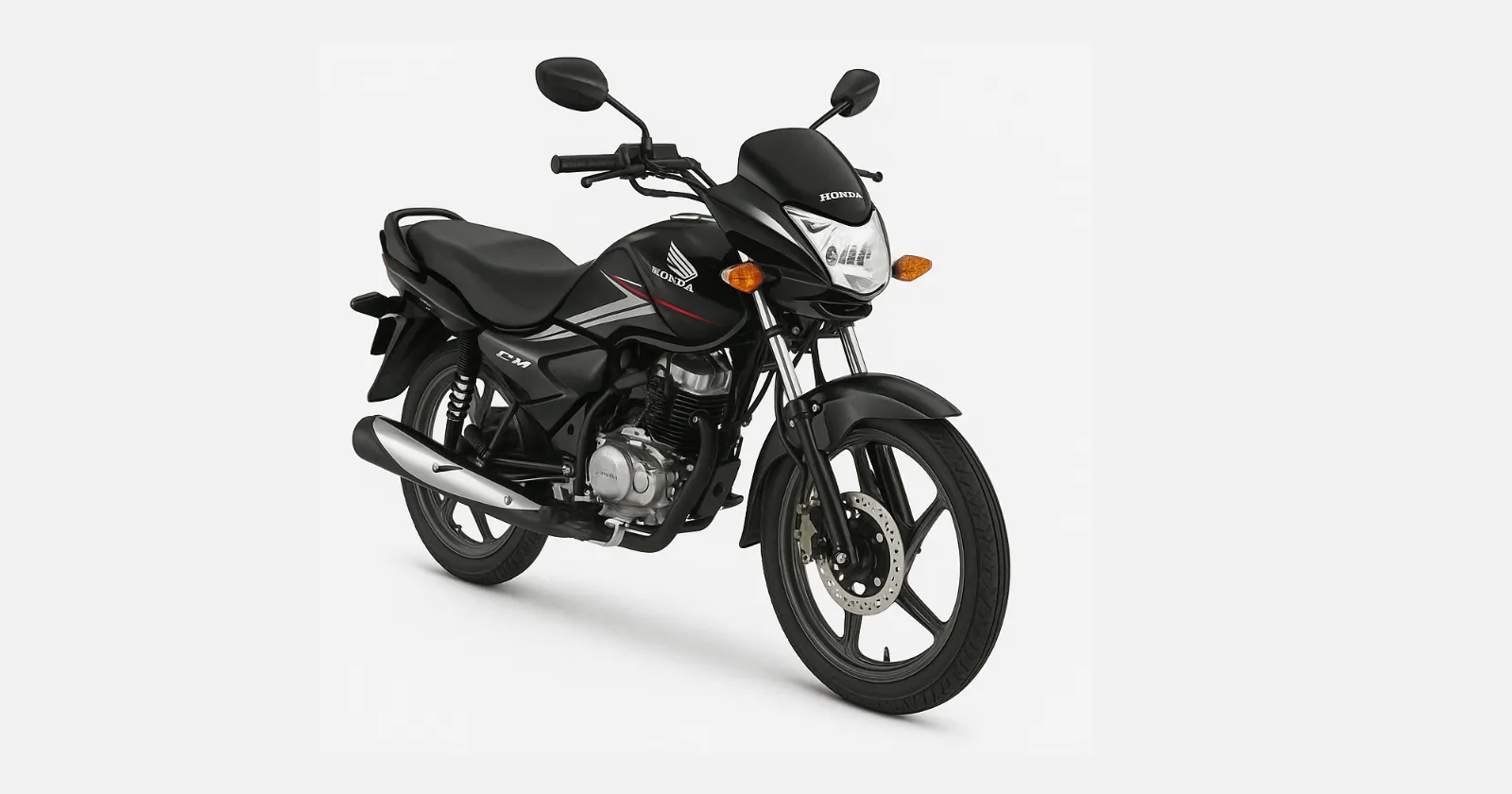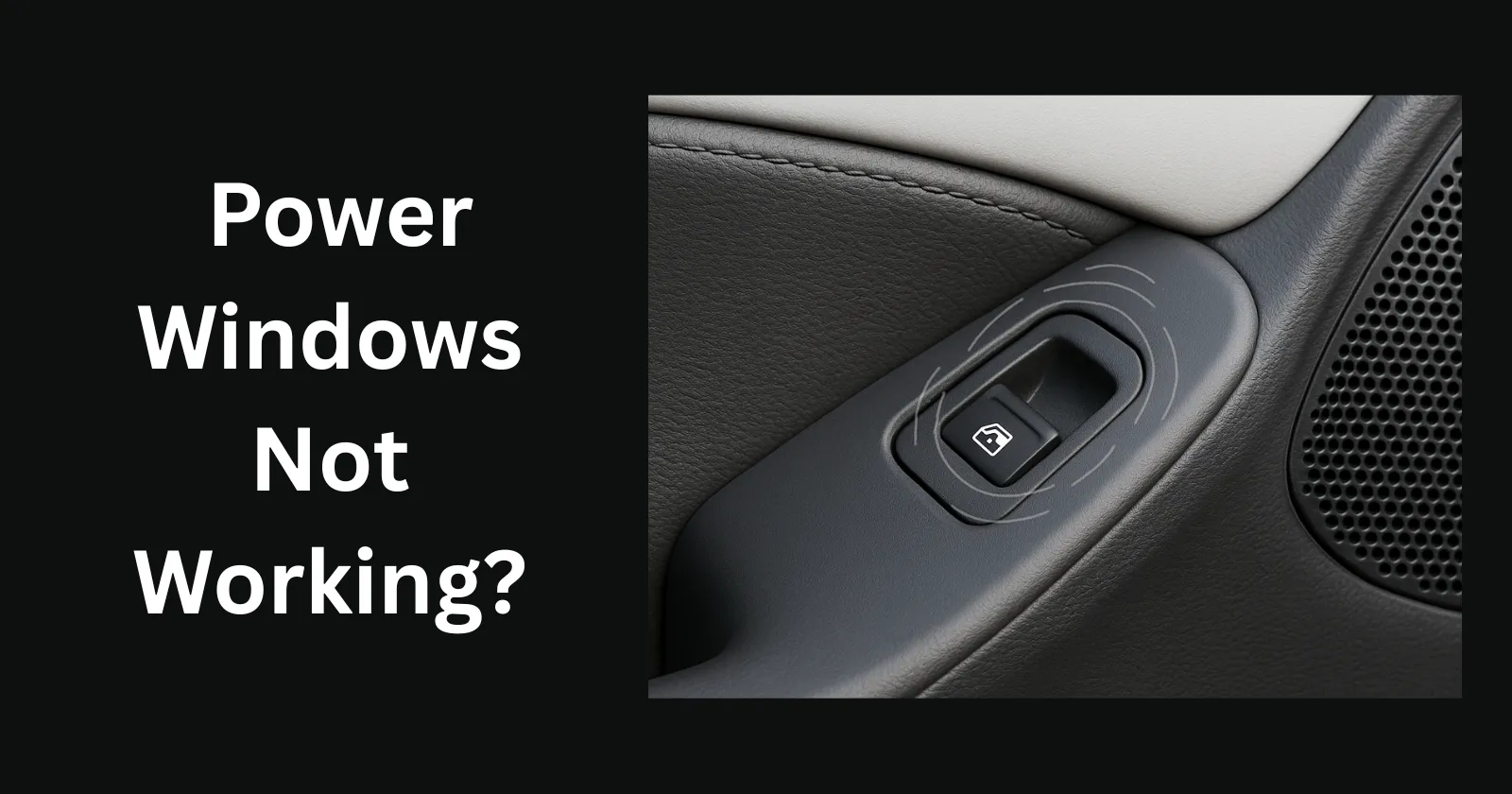
If you have been checking the ACKO Drive website or the ACKO app a little too often this past week, you may be well aware of the first-ever ACKO Drive Car Drop, exclusive for ACKO car policyholders. If you are wondering which shiny new car is up for grabs, the suspense is finally over. Today, we are unveiling the car for the first-ever ACKO Drive Car Drop.Introducing the car everyone has been curious about: the Mahindra BE 6! A stylish electric SUV that brings futuristic looks, smart tech and serious performance to the party. And you could be the one driving it home for free!

Royal Enfield has been a legendary name in the motorcycle world for decades, especially in India. Known for its classic designs and thumping engines, Royal Enfield has evolved over the years. One of its most exciting modern offerings is the Continental GT 650. This bike seamlessly blends retro style with modern engineering, providing riders with a smooth, powerful, and thrilling experience.In this article, you will explore the design, engine, performance, comfort, handling, pros and cons, and overall experience of the Royal Enfield Continental GT 650.

In the bustling two-wheeler market of India, a few names have consistently stood out over the years. Among them, the Honda CB Shine has carved a unique space for itself. Known for its reliability, comfort, and fuel efficiency, the CB Shine has become one of the preferred choices for daily commuters, young riders, and even families seeking a dependable motorbike.Over the past decade, Honda has successfully built a reputation around the CB Shine, ensuring that it continues to grow in popularity even as competition intensifies. From its humble beginnings to the latest variants, the CB Shine demonstrates Honda’s understanding of the Indian rider’s needs and preferences.

The alternator is the most vital part of an automobile's electrical system. It charges the battery and drives all electrical accessories when the engine is running. When an alternator begins to decline, it can snowball into a string of electrical malfunctions — ranging from dim or dead headlights and dashboard lights to a dead battery.In Indian driving conditions, where stop-and-go traffic, long idling periods, and high temperatures put extra strain on vehicle components, alternator failure is not uncommon. If the alternator’s malfunction can be detected early on, it can prevent significant damage to the engine and other electrical components, saving time, hassle, and resources.

The battery warning light on your car’s dashboard is easy to notice but often ignored until the car will not start. This light is not just about the battery; it signals an issue with your car’s charging or electrical system. Often, the problem begins small, such as a loose terminal or a failing alternator, but ignoring it can lead to being stranded or facing costly repairs.In India, where cars often face high temperatures, humidity, and heavy traffic, electrical issues are more prevalent. Understanding why the battery warning light comes on, recognising its symptoms and knowing how to fix or prevent problems can help keep your car reliable on every journey.

ACKO Drive brings you the first-ever Car Drop, a unique contest with an exciting reward. Through a fair and transparent draw, one participant will get a chance to drive home a brand new car. It is exclusively designed for ACKO car policyholders across India, where ease, transparency, and excitement blend into one seamless experience.The program officially launches on 8th November 2025, marking a major milestone for ACKO Drive. Under this initiative, one winner will be selected to receive a brand-new car.

A power window is a feature you often find in most cars these days. It eliminates the hassle of rolling the window whenever you want to take in the natural breeze.But what if those power windows stop working?It can leave you in distress, not knowing what to do. However, if you understand the primary reasons this function does not work and how to rectify the issue, you can save yourself from a world of trouble.Therefore, it is essential to understand why a power window may stop working and identify the correct fixes, so you are prepared. This blog discusses the causes and common signs to help you identify the solution. It also outlines the steps you can take to prevent or resolve the problem when needed.

If your car shakes when accelerating, it could indicate a mechanical issue. The vibration may be felt in the steering wheel or under the seat. While minor vibrations from the road are normal, consistent shaking should not be ignored.Causes can range from worn engine mounts to unbalanced tyres or damaged CV joints. Addressing the problem early can prevent costly repairs and ensure your vehicle remains safe to drive.This guide explains the common causes, solutions, and preventive measures for car vibrations during acceleration.

Did you ever catch your automatic car engine revving more than normally, even if your speed has not picked up? Or perhaps your car jerks, hesitates, or lags in accelerating smoothly? These are all typical indications of automatic transmission slipping.Automatic transmission slipping is a significant issue that can affect your car's performance, fuel economy, and safety. Understanding why it occurs and how to address it is essential for any car owner.In this article, you will know the reasons why the automatic transmission slips, how to detect it, possible remedies, and preventive measures.

You attempted to shift gears in your car and found resistance, grinding, or hesitation. Has this ever happened? Well, no doubt that smooth gear shifting is essential for a comfortable and secure drive. If the gears in your car are not shifting smoothly, it can make driving stressful, reduce performance, and even destroy your car in the long run.In this article, you will find out why rough gear changes happen, how to diagnose the problem, potential solutions, and how to prevent them from happening again.
Royal Enfield Meteor 350: Cruiser for the Masses
Team Ackodrive 26 Dec, 2025, 9:58 AM IST
Maruti Baleno Service Schedule and Maintenance Costs
Team Ackodrive 26 Dec, 2025, 9:17 AM IST
Hyundai Aura Service Schedule and Maintenance Costs
Team Ackodrive 26 Dec, 2025, 8:48 AM IST
Tata Altroz Service Schedule and Maintenance Costs
Team Ackodrive 26 Dec, 2025, 6:51 AM IST
Maruti Alto K10 Service Schedule and Maintenance Costs
Team Ackodrive 26 Dec, 2025, 5:51 AM IST
Looking for a new car?
We promise the best car deals and earliest delivery!
